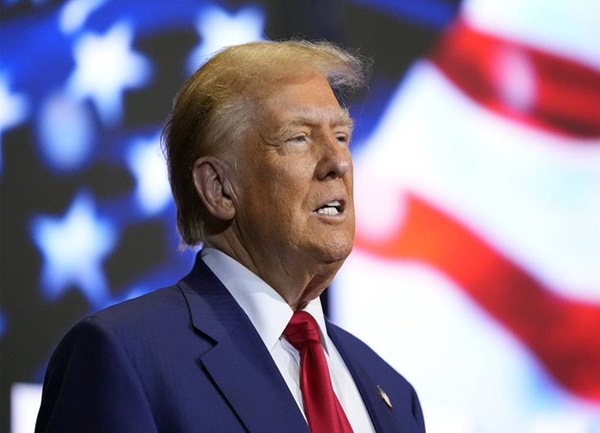
Vietnam Slaps 20% Tariff, US Offers Duty-Free Access in Trade Deal
In a major shift aimed at recalibrating trade ties, Vietnam and the United States have finalized a new trade deal wherein Vietnam will impose a minimum 20% tariff on US exports, while the US will allow duty-free access to Vietnamese goods. The move comes as part of efforts to rebalance trade relations and prevent misuse of supply chains through transshipment practices.
Vietnam Imposes Flat 20% Tariff on US Goods
Under the terms of the agreement, all US-origin exports entering Vietnam will be subject to a flat 20% tariff. This tariff will apply across sectors and product categories, marking a shift from previously fragmented duty structures. While this represents a tighter gate for US goods, it is largely symbolic and targeted at showcasing Vietnam’s willingness to address trade imbalances.
US Grants Full Duty-Free Access to Vietnamese Exports
In return, the United States has agreed to eliminate tariffs on Vietnamese goods entirely, ensuring continued access to the world’s largest consumer market. This is expected to benefit Vietnamese manufacturers across textiles, electronics, furniture, and agricultural goods, helping them remain competitive amid shifting global supply chains.
President Donald Trump hailed the deal as “a Great Deal of Cooperation between our two Countries,” emphasizing mutual benefit, improved fairness, and a long-term realignment of trade priorities.
40% Transshipment Tariff Targets China Reroutes
To curb the practice of rerouting Chinese goods through Vietnam to avoid American tariffs, the US will enforce a 40% transshipment duty on goods found to have Chinese origins. This measure is aimed at reinforcing trade compliance and preventing Vietnam from becoming a backdoor entry point for Chinese exports into the US market.
However, the agreement has yet to define what exactly qualifies as transshipped goods. Enforcement will rely heavily on customs infrastructure, documentation standards, and traceability systems, with more technical negotiations expected in the coming weeks.
July 9 Deadline Spurs Quick Agreement
The deal was finalized ahead of a critical July 9 deadline, after which the US had warned of imposing a 46% retaliatory tariff on Vietnamese goods. The urgency behind the agreement reflects both countries’ desire to avoid disruption and preserve trade momentum, especially as Southeast Asia’s role in global supply chains continues to grow.
Strategic Implications for Indo-Pacific Trade
This agreement signals a broader strategic pivot in US trade policy. By offering duty-free access to Vietnam while clamping down on transshipment, the US is deepening its engagement with alternative Asian manufacturing hubs, thereby reducing reliance on China. For Vietnam, the deal cements its position as a preferred US trading partner, though it will now be under greater scrutiny to enforce origin regulations.

















